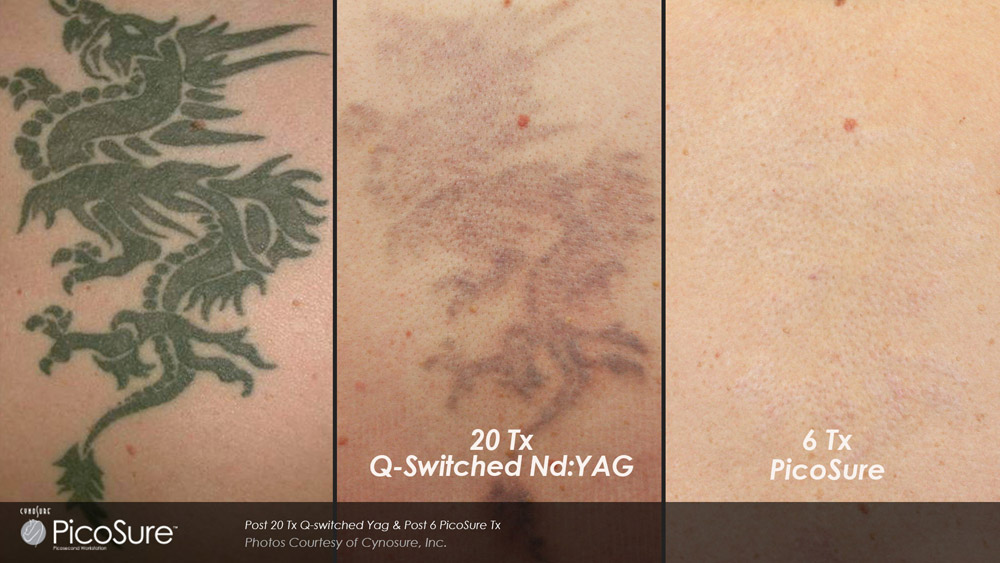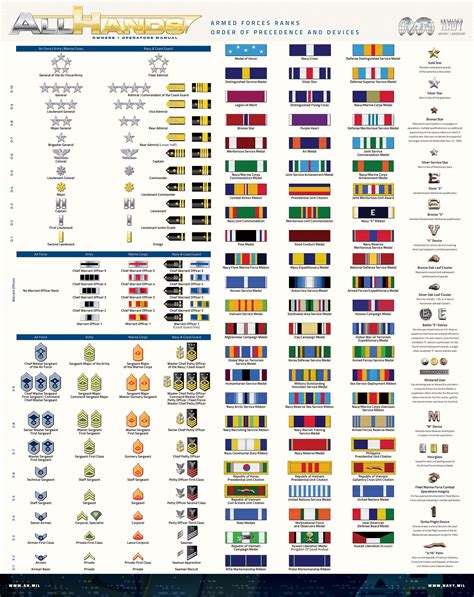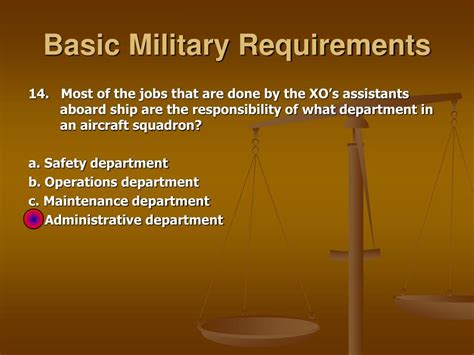Launch Non Destructive Testing Career
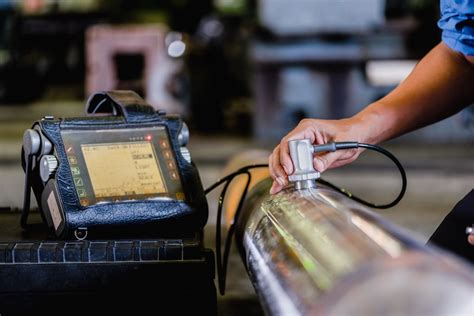
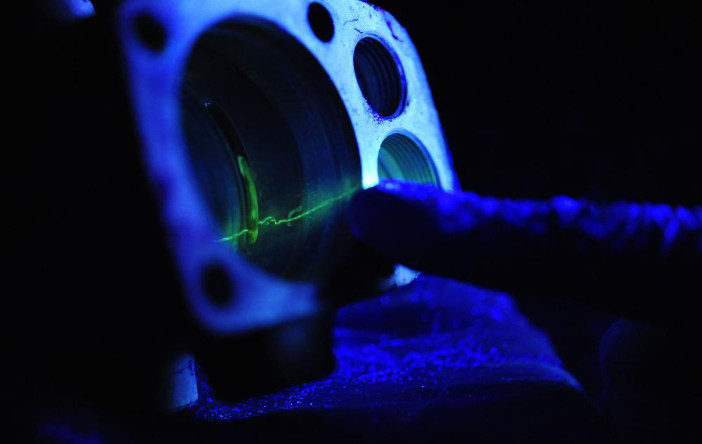
Introduction to Non Destructive Testing
Non Destructive Testing (NDT) is a vital process used in various industries to evaluate the properties and integrity of materials, components, and systems without causing damage. The primary goal of NDT is to ensure the safety and reliability of products, machinery, and infrastructure by detecting potential defects or flaws before they lead to catastrophic failures. As a career, NDT offers a wide range of opportunities for individuals with a strong foundation in science, technology, engineering, and mathematics (STEM). In this blog post, we will explore the world of NDT, its applications, and the steps to launch a successful career in this field.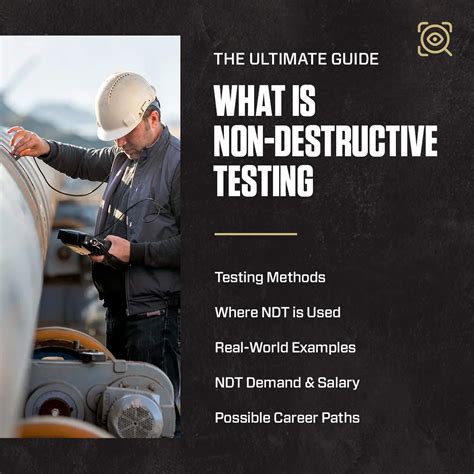
Applications of Non Destructive Testing
NDT has numerous applications across various industries, including:- Aerospace: to inspect aircraft components, such as wings, engines, and landing gear
- Oil and Gas: to examine pipelines, storage tanks, and other equipment for signs of corrosion or damage
- Construction: to evaluate the integrity of buildings, bridges, and other infrastructure
- Automotive: to inspect vehicle components, such as engines, transmissions, and brake systems
- Medical: to examine medical devices, such as implants, prosthetics, and surgical instruments
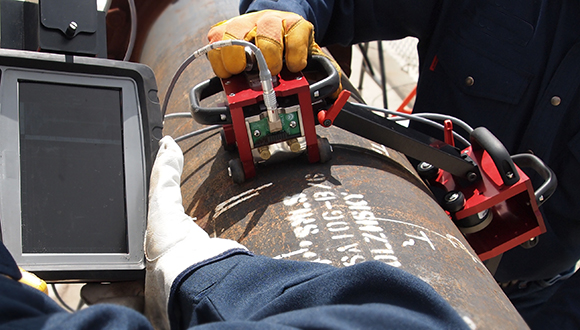
Types of Non Destructive Testing
There are several types of NDT methods, including:- Visual Testing (VT): a visual examination of a component or system to identify surface defects
- Penetrant Testing (PT): a method that uses a liquid penetrant to detect surface defects
- Magnetic Particle Testing (MT): a technique that uses magnetic fields to detect surface and subsurface defects
- Radiographic Testing (RT): a method that uses X-rays or gamma rays to inspect the internal structure of a component or system
- Ultrasonic Testing (UT): a technique that uses high-frequency sound waves to detect internal defects
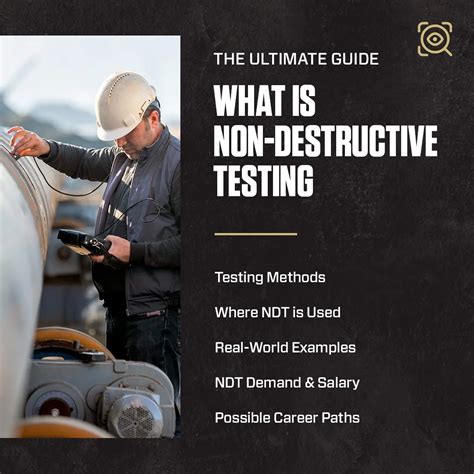
Launch Your Non Destructive Testing Career
To launch a successful career in NDT, follow these steps:- Gain a strong foundation in STEM subjects, such as physics, mathematics, and materials science
- Pursue a degree in a relevant field, such as engineering, physics, or materials science
- Obtain certification in NDT, such as ASNT (American Society for Nondestructive Testing) or CSWIP (Certification Scheme for Welding and Inspection Personnel)
- Gain practical experience through internships, apprenticeships, or entry-level positions in the industry
- Stay up-to-date with industry developments and advancements by attending conferences, workshops, and online courses
💡 Note: Certification and training are essential for a career in NDT, as they demonstrate your competence and commitment to the field.
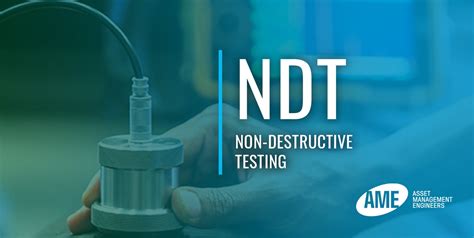
Non Destructive Testing Career Paths
NDT offers a range of career paths, including: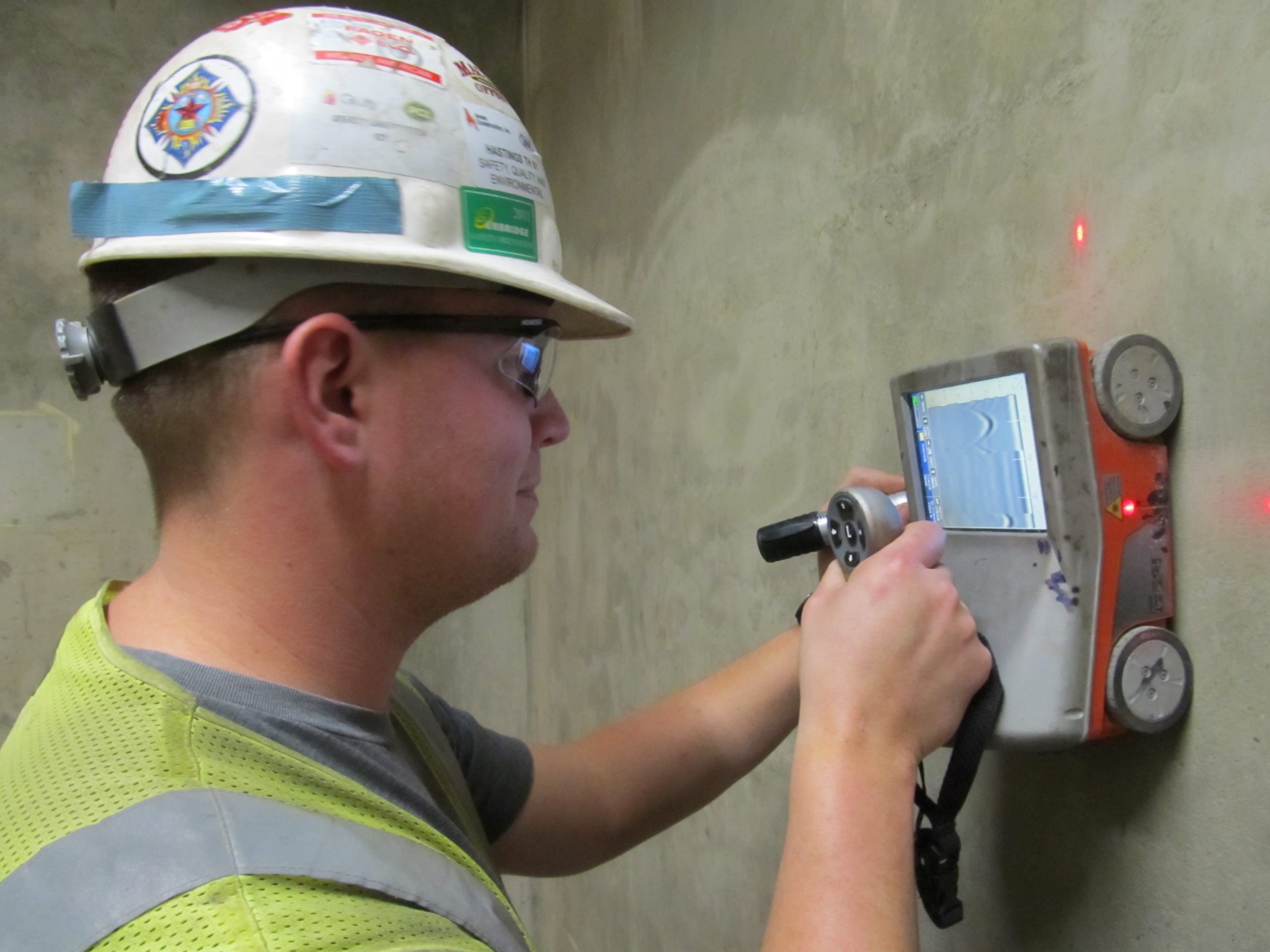
| Job Title | Job Description | Salary Range |
|---|---|---|
| NDT Technician | Conducts NDT inspections and tests to identify defects or flaws | 40,000 - 70,000 |
| NDT Engineer | Develops and implements NDT procedures and techniques | 60,000 - 100,000 |
| NDT Specialist | Provides expert advice and guidance on NDT methods and techniques | 80,000 - 120,000 |
| NDT Manager | Oversees NDT operations and personnel | 90,000 - 140,000 |
In summary, a career in Non Destructive Testing offers a range of opportunities for individuals with a strong foundation in STEM subjects. By gaining certification, practical experience, and staying up-to-date with industry developments, you can launch a successful career in NDT and contribute to the safety and reliability of products and systems across various industries.
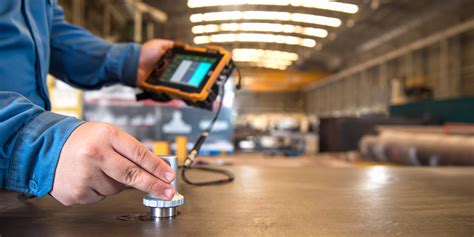
What is Non Destructive Testing?
+Non Destructive Testing (NDT) is a process used to evaluate the properties and integrity of materials, components, and systems without causing damage.
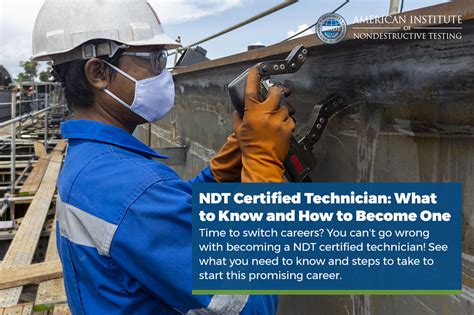
What are the applications of Non Destructive Testing?
+NDT has numerous applications across various industries, including aerospace, oil and gas, construction, automotive, and medical.

How do I launch a career in Non Destructive Testing?
+To launch a career in NDT, gain a strong foundation in STEM subjects, pursue a degree in a relevant field, obtain certification, and gain practical experience through internships, apprenticeships, or entry-level positions.
